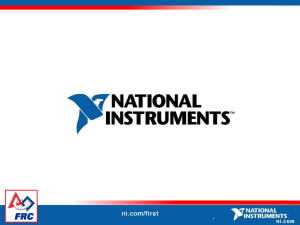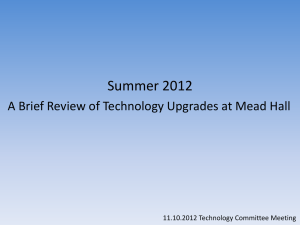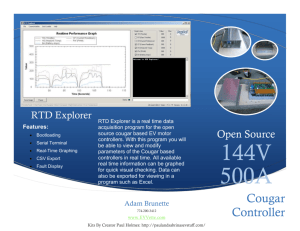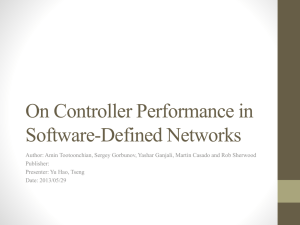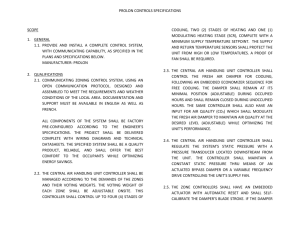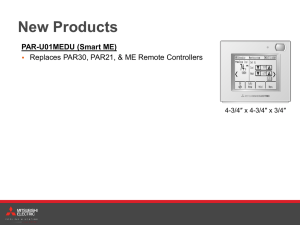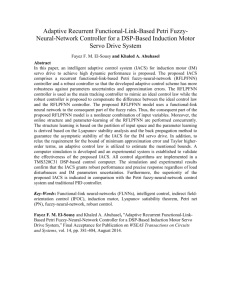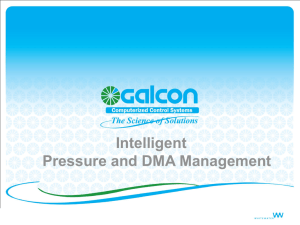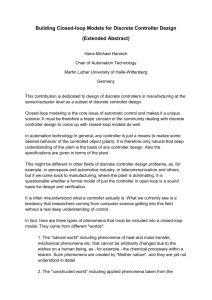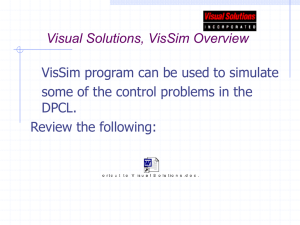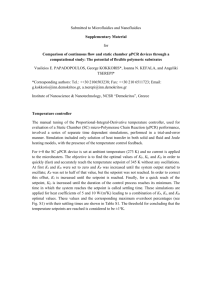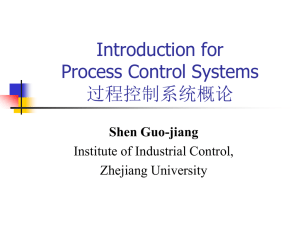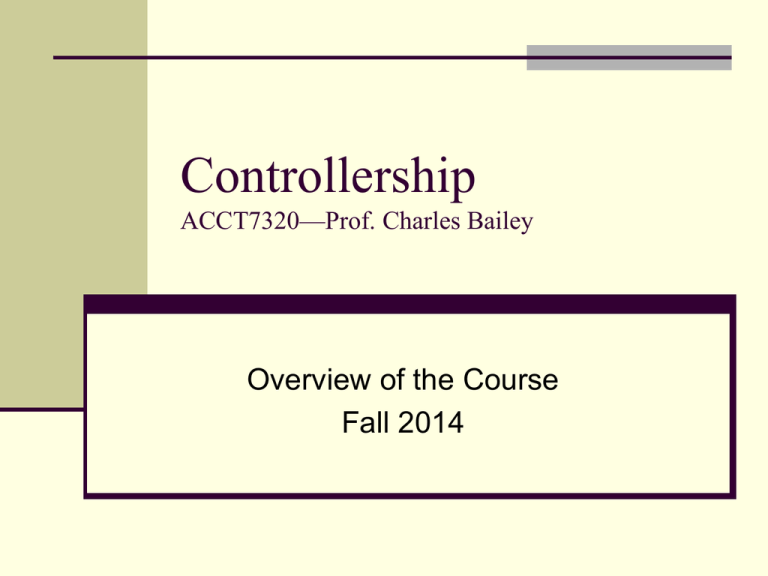
Controllership
ACCT7320—Prof. Charles Bailey
Overview of the Course
Fall 2014
What is a “Controller”?
Chief Accounting Officer (CAO)
More descriptive
Comptroller
“An erroneous spelling of controller,
introduced c. 1500. …still retained in certain
official designations.”
Oxford English Dictionary
Commonly used in government al settings
What does a “Controller” do?
The concept is now well known, but “there is no
universal definition attributed to it and this
causes serious confusion concerning what a
Controller is actually supposed to do.”
M. Linhardt & S. Sundqvst, 2004
Role of a Controller
Controller’s varies dramatically based
on…
company size
More precise & narrow in a big
company
the presence of other managers to
handle related functions
Main functions of the Controller
Planning
Controlling
Reporting
Accounting
Many others, esp. in smaller companies
Planning function
Controller must “act as the coordinator who
assembles and maintains the plan”
Must verify that:
Sales plan or forecast supports corp. policies
& objectives
Assumptions are valid & realistic
Production plan supports the sales schedule
Plan is within facility capabilities
Expenses are in proportion to other activities
Sufficient funding exists
Control function
Controller provides information to each
manager
Consumes a lot of the staff time
Role does not end with feedback
Flowchart existing systems
Implement process changes
Must remain forward-looking
Can’t control the past
Reporting function
Function closely related to Planning & Control
Essential to make them effective
Not just routine tabulation & presentation!
Encompasses the interpretation of data
Management must actually understand
Reports to outside parties:
Shareholders, general public, creditors,
customers, SEC, IRS.
Accounting function
Traditionally the principal function
Newer aspects of the job:
Benchmarking key practices
Converting to electronic transactions
Reducing cycle time (of accounting activities)
Outsourcing accounting functions
Reengineering key functions
Other functions of the Controller
In smaller firms, many other duties can fall on
the controller
Not worth our attention in the course?
Finance functions belong to a CFO if and
when the firm grows and one is hired
The Controller and CFO
Vice-President
Finance, CFO
Controller
Treasurer
Controller reports to the CFO
Traditional promotion route
May be closed off with arrival of CFO
Controllers face potential conflicts with CFO’s
2008 Survey of AICPA & IMA
Topics Ranked High in Importance
Ethics & Fraud 33
Problem Solving Using Spreadsheets 33
Overhead Allocation 33
The Value of Information 3
Operating Budgets 3
Variance Analysis 3
Revenue Allocation & Customer Profitability
Analysis 33
Other topics?
Many potential topics for your presentations
Cost/Managerial Accounting techniques
Advanced (new) or refresher?
Management Accounting Quarterly good
Ethical issues
Chapter Seven
Cost Allocation:
Departments, Joint Products,
and By-Products
Learning Objectives
[I will give introductory lecture tonight.]
Chapter Eight
Cost Estimation (Appendix)
Learning Objectives
Use learning curves to estimate a certain class
of non-linear cost function (i.e., to estimate costs
when learning is present)
Use statistical measures to evaluate a regression
analysis
Chapter Eighteen
Strategic Performance Measurement:
Cost Centers, Profit Centers and
the Balanced Scorecard
Learning Objectives
Identify the objectives of management control
Identify the types of management control systems
Define strategic performance measurement and
show how centralized, decentralized, and teamoriented organizations can apply it
Explain the objectives and applications of strategic
performance measurement in three common
strategic business units: cost centers, revenue
centers, and profit centers
Learning Objectives
(continued)
Explain the role of the balanced scorecard (BSC)
in strategic performance measurement
Explain the role of strategic performance
measurement in service firms and not-for-profit
organizations
13
Employee, Vendor, and
Other Frauds against the
Organization
McGraw-Hill/Irwin
Copyright © 2012 by The McGraw-Hill Companies, Inc. All rights reserved.
Chapter Eleven
Decision-Making with A
Strategic Emphasis
Learning Objectives
Analyze decisions with multiple products and
limited resources (so-called “product-mix”
decisions)
[Additional material on Theory of Constraints.]
Chapter Nineteen
Strategic Performance
Measurement: Investment Centers
Learning Objectives
Part One
Explain the use and limitations of return on investment
(ROI) for evaluating investment centers
Explain the use and limitations of residual income for
evaluating investment centers
Explain the use and limitations of economic value
added (EVA®) for evaluating investment centers
Learning Objectives (continued)
Part Two
Explain the objectives of transfer pricing, and the
advantages and disadvantages of various transferpricing alternatives
Discuss the important international issues that
arise in transfer pricing
Chapter Twenty
Management Compensation, Business
Analysis, and Business Valuation
Learning Objectives
Identify and explain the types of management
compensation
Identify the strategic role of management
compensation and the different types of
compensation used in practice
Explain the three characteristics of a bonus plan:
the base for determining performance, the
compensation pool from which the bonus is
funded, and the bonus payment options
Learning Objectives (continued)
Describe the role of tax planning and financial
reporting in management compensation planning
Explain how management compensation plans
are used in service industries
Apply different methods for business analysis and
business valuation
Time for a break?
An academic hour is 50 minutes, allowing for
a break of 10 min. We normally take a break
at the midpoint of our 3-hour class and then
usually wind up a few minutes early




